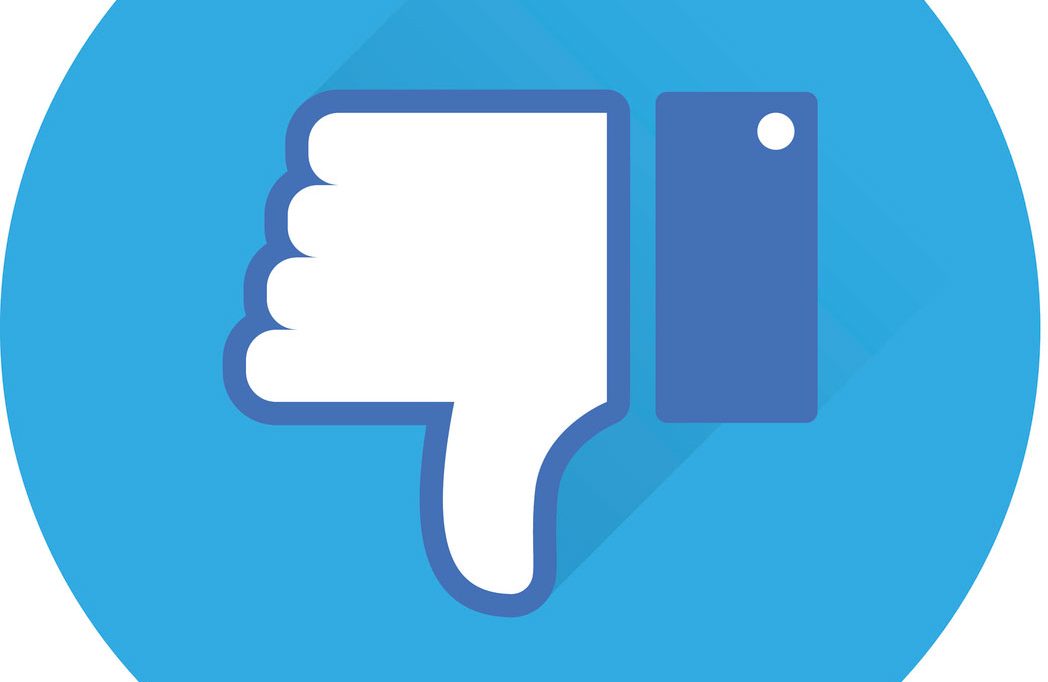The Dangers of Social Media: Some Sites Can Hurt Kids

Young people get support on social media, but they also frequently experience cyberbullying and feel left out. Learn about the dangers of social media.
Is your teen or college student too wrapped up with social media? Are there pros and cons of social media?
In a survey of nearly 1,500 British people ages 14 to 24, researchers found that social media is a mixed blessing, and strictly photo-based sites like Instagram have the worst effect.
Dangers of social media
Cyberbullying is common. About seven out of every 10 people said they’d been bullied online, and close to four said it happens frequently. Cyberbullying includes mean comments about photos, insults in instant messages directed at you, or insults shared among your peers on forums.
YOU MIGHT ALSO LIKE: Thinking Through Your Kid’s Technology Use
When you see posts showing that people you know are having fun — while you were somewhere else or weren’t invited — it can hurt. “FoMO” is a well-known term among kids to label why they need to keep checking a site or app — because if they don’t check something important might happen and they wouldn’t know. But checking doesn’t resolve the fear. The more you use social media, the more likely you are to suffer from “FoMO.” Young people who spend more than two hours a day on social sites tend to be more anxious and depressed than their peers.
Then there’s the pressure to get sexual over technology. In U.S. research, 20 percent of U.S. teens said they had sent someone or posted a nude or semi-nude photo or video of themselves, and 30 percent had received one.
The pros of social media
But there are big plusses too. Seven in 10 in the British study said they’d gotten support online during a tough time. Many are sharing health information, providing tips, and also sharing experiences. Young people tend to show less interest than other groups in medical information from other sources, so social media can serve an essential role.
Social media, the group reported, does help people build relationships — to keep more in touch with friends and easily follow up with someone new you meet in person.
Overall, researchers found that YouTube offered the most benefit and that Snapchat and Instagram, the two sites built around photos only, affected this group most negatively.
Should there be warning labels?
Based on the data, the Royal Society for Public Health has proposed that sites introduce pop-ups with warnings when you’re using social media heavily. Many kids even want a cap on usage: in this survey, 30 percent said they thought it would be a good idea for sites to automatically log people off when they go overboard. (In the United States, one survey found that 22 percent of teens logged onto their favorite social media sites more than 10 times a day, and more than half visited more than once a day.)
The British agency also proposed that fashion brands, celebrities, and advertisers voluntarily put an icon on photos that have been digitally altered. Nearly seven in 10 people in the British survey liked the idea of seeing such icons on enhanced photos. That response backs up the observation that too many young women end up feeling unattractive because the competition looks too perfect. The society report included the statistics that nine out of 10 young British women say they’re unhappy with their own body, and about 70 percent are interested in plastic surgery.
Another idea from the British group: that social media sites identify posts that suggest mental health problems and send the users information on where to get support.
How can you as a parent help a teen cope with the electronic social world? The best way is to keep talking — don’t just check your daughter’s phone, but talk to her about what’s going on among her friends and how she feels about it. Why does she think girls “sexted”? When kids report cyberbullying, take action. Kids say it’s rare for authorities to help, even when informed.
Remember that social media has two sides, good and bad. It helps if online activity is connected to real-life activity — talking to other kids on a sports team, for example.
Your children will in part take their cues from you — are you on the phone when you might be having family conversation?
YOU MIGHT ALSO LIKE: 8 Ways to Keep Your Children Safe on the Internet
Updated:
February 27, 2020
Reviewed By:
Janet O’Dell, RN